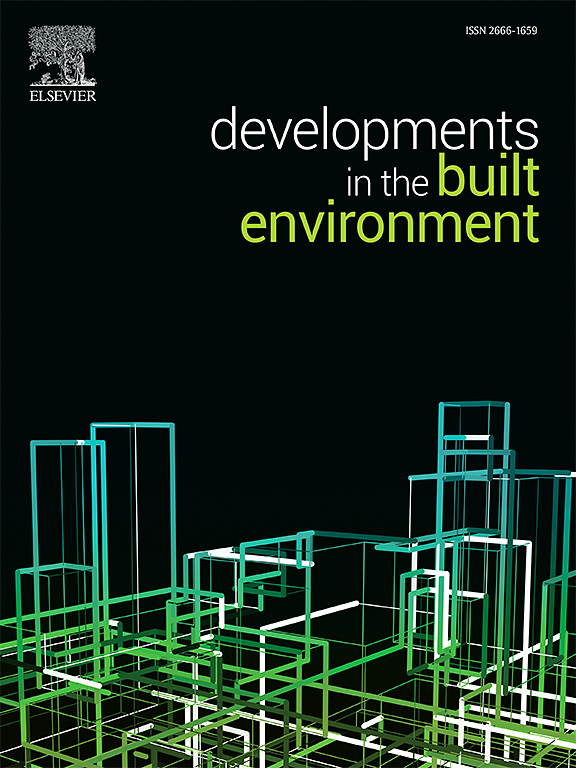Quantitative analysis of the effectiveness of real-time indoor navigation and information sharing for collaborative fire response
IF 6.2
2区 工程技术
Q1 CONSTRUCTION & BUILDING TECHNOLOGY
引用次数: 0
Abstract
Recent developments in indoor navigation and information sharing present great potential for building fire responses. However, the impacts of these technologies on participant behaviors and response collaboration have inadequately been evaluated. This study aims to examine the effectiveness of real-time indoor navigation and information sharing on fire responses using agent-based simulations and user experiments in virtual reality (VR). First, a multi-agent model is established to simulate crowd evacuation and investigate macroscopic relations between technology utilization and response performance. Second, a multiplayer experiment is implemented in VR to reveal microscopic phenomena about how these technologies affect the behaviors and decision-making of emergency participants. The results demonstrate that real-time navigation and information sharing help most emergency participants avoid being lost, stay away from the danger, enable proactive rescue, and reduce response time. The findings present quantitative evidence that underscores the importance of real-time indoor navigation and information sharing for collaborative fire responses.
室内实时导航与协同火灾响应信息共享的有效性定量分析
室内导航和信息共享的最新发展为建筑物火灾响应提供了巨大的潜力。然而,这些技术对参与者行为和响应协作的影响尚未得到充分的评估。本研究旨在通过虚拟现实(VR)中基于智能体的模拟和用户实验来检验实时室内导航和信息共享对火灾响应的有效性。首先,建立多智能体模型,模拟人群疏散,研究技术利用与响应性能之间的宏观关系。其次,在虚拟现实中实施多人实验,揭示这些技术如何影响应急参与者的行为和决策的微观现象。结果表明,实时导航和信息共享有助于大多数应急参与者避免迷路,远离危险,实现主动救援,缩短响应时间。研究结果提供了定量证据,强调了实时室内导航和信息共享对协同火灾响应的重要性。
本文章由计算机程序翻译,如有差异,请以英文原文为准。
求助全文
约1分钟内获得全文
求助全文
来源期刊

Developments in the Built Environment
Multiple-
CiteScore
7.40
自引率
1.20%
发文量
31
审稿时长
22 days
期刊介绍:
Developments in the Built Environment (DIBE) is a recently established peer-reviewed gold open access journal, ensuring that all accepted articles are permanently and freely accessible. Focused on civil engineering and the built environment, DIBE publishes original papers and short communications. Encompassing topics such as construction materials and building sustainability, the journal adopts a holistic approach with the aim of benefiting the community.
 求助内容:
求助内容: 应助结果提醒方式:
应助结果提醒方式:


